Time management = anxiety management
STRATEGIES FOR STUDENTS WITH AUTISM, ADHD, PDA & ODD
Time Management for Neurodiverse Students
Why is time management important in the classroom?
Remember waiting for a taxi before ride-sharing apps, with no idea when it would arrive? That anxious feeling where one minute felt like an hour? For many neurodiverse students, this is their daily classroom experience. Without visual time markers, every activity becomes an uncertainty-filled waiting game.
As an experienced educator who transitioned from mainstream to autism-specific education, I discovered that visual timers aren’t just helpful tools – they’re essential classroom accommodations. Think about it: we wouldn’t expect adults to navigate a workday without time references, yet we often expect students to manage their day with just a basic timetable and verbal cues.
Consider this real classroom scenario: A mathematics teacher sets a 10-minute timer for problem-solving. “Here’s the problem. It should take us 10 minutes,” she announces. When time’s up, she checks completion rates. “Only half finished? Let’s add five minutes. Those who are done, here’s your extension task.” This simple approach transforms a potentially stressful situation into a structured, manageable experience.
For neurodiverse students, particularly those with autism or ADHD, time blindness is real. As Dean Beadle shares, he assumed everything took 20 minutes – from quick errands to cross-city journeys. It wasn’t until he started using GPS that he realized his 20-minute estimate for a 37-minute journey was why he was consistently late.
The beauty of visual timers lies in their versatility. They’re not just about marking time – they’re about reducing anxiety, supporting transitions, and building executive functioning skills. That five-minute warning before transitions? It’s often when students with ADHD produce their best work, finally breaking through the paralysis that held them back for the previous 25 minutes.
Want to dive deeper into implementing visual timers and transforming your classroom management? Keep reading below for practical strategies, expert insights, and proven techniques that work for every student, not just those with neurodiversity.
This week’s podcast
Discussed in this Episode
✅ Time management as a key anxiety management tool
✅ Visual timers as essential classroom accommodations
✅ Supporting executive functioning through structured time awareness
✅ Transition management strategies for neurodiverse students
✅ Practical implementation of time management tools in education
REMEMBER
Many students with ADHD do their best work within the last 5-10 minutes of the lesson. If you don’t use a timer you will miss this last burst of work.
using timers = reducing anxiety
I often find your best strategies come when you reflect on yourself and try to put yourself in a child with an ASD’s shoes. Think how you use time, when it goes fast, when it drags, when it helps you plan, when it makes you anxious, when do you look at the time constantly. Have you ever lost your watch, how did it feel? Now let’s think of a child with an ASD and look at how they are using time.
Timers can support students who have difficulty with executive functioning by helping them with self-monitoring, time management, prioritising, organisation, planning and impulse control (waiting).
Time Timers are a MUST for all children on the autism spectrum. These are invaluable at both home and school.
Time Timers are specifically designed for use by those with an autism spectrum disorder. The notion of ‘time’ can be very difficult to understand for these children – particularly in the younger years. With a graphic visual of time passing, children can have a better understanding of time. The Time Timer is a great product which reinforces the sense of elapsed time with a graphic depiction of the time remaining.
Combined planning and prioritising
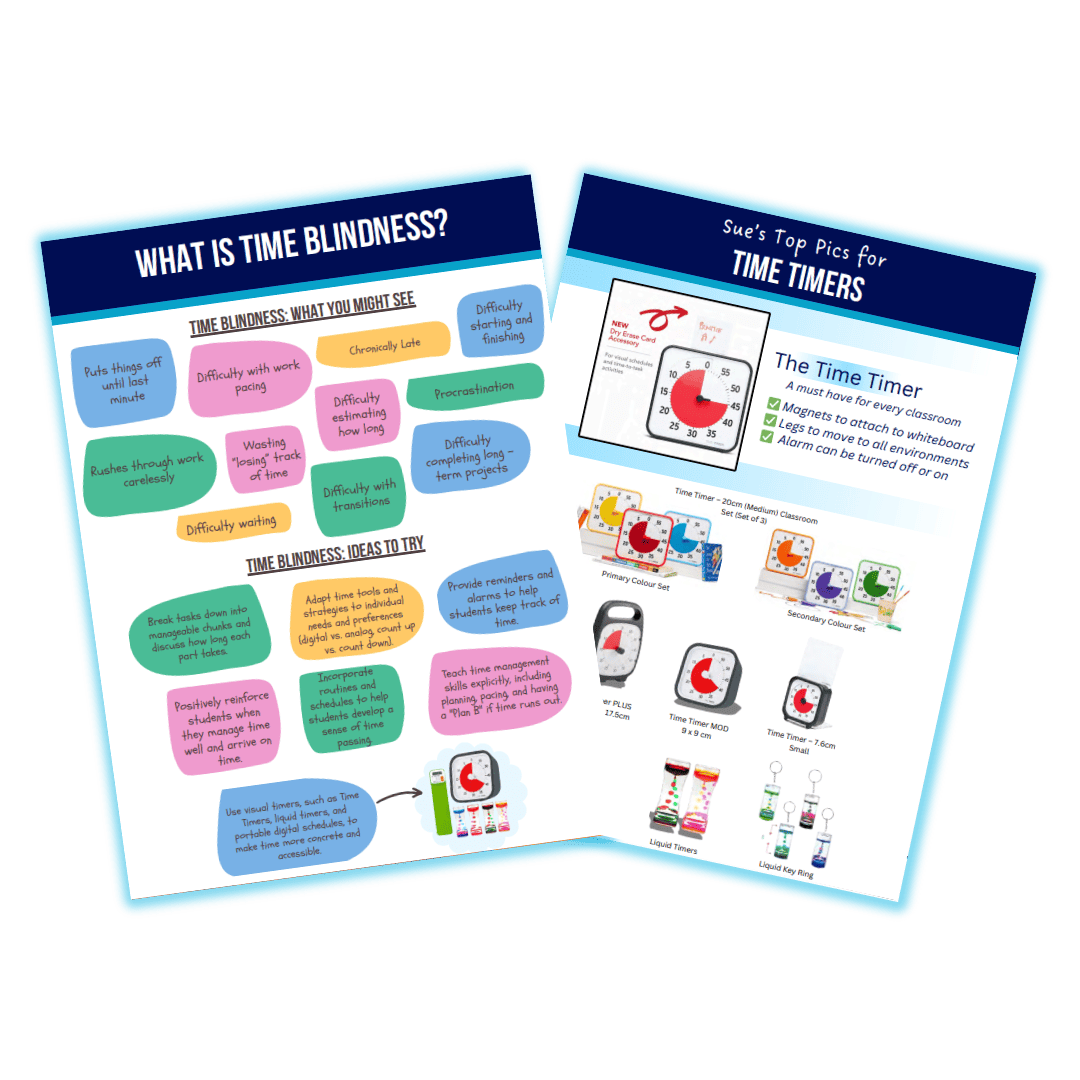
TIME TIMERS CAN SUPPORT STUDENTS TO:
- Ease stressful transitions by showing “how much longer” and “here is what 5 more minutes really means”
- Show when challenging activities will end: “Lets go shopping for 30 minutes” “Handwriting for 30 minutes”
- Help everyone (especially new staff or visitors) stick to the routine
- Reduce anxiety by creating predictability & consistency
- Help develop a reliable internal clock (especially for students with ADHD)
- Help with organisation & time management so don’t get ‘caught up’ in prefered activities
- See at a glance how much time is left
- Keep lessons/activities focused and on track
- Effectively manage small groups for differentiated instruction
- Provide focus for individual work (help self manage time)
- Tests/Exams (Fantastic for Time Management in Naplan)
- Know how long to speak in presentations (News, Debates, Class Presentations)
- Empower students to manage their own time in ALL activities
- Ensure equal time for taking turns
- Break Times (Help self regulate break times, know when they are going to occur and for how long so they return to work etc)
- Use timer to have set Toilet / Drink and Snack Breaks
- Break larger challenges into smaller tasks or amounts of time
- Rotate learning stations
- Manage Screen Time or “special interests”
- Help students with autism slow down and not rush OR ‘speed up’
- Many students lose track of time when they are doing something they love. Often they do not have an end point or they want to repeat the activity. Timers create a finish point.
Want to know why time timers go the opposite way to clocks? Listen here
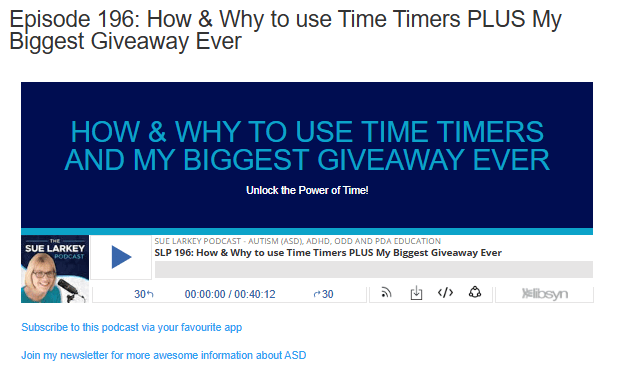
MINIMISING STRESS AROUND TIMERS
Although timers can provide a timeframe for the student to work within, helping them keep focused and on track, for some students, timers can be a source of stress. Worries can include; finishing too soon, not finishing within the given time and the sound of the timer going off. In order to minimise this stressor, talking about time as much as possible can be very helpful. Unlock the Power of Time!
1. Make sure the task can be done within the given timeframe so they don’t get worried, then try explaining the desired expectations and outcomes of using the timer.
-
You could even try modeling the timer on yourself showing them how it can be used (“I have 10 minutes left, I need to work a bit faster” or “Oh dear I ran out of time, that is ok”).
2. Write social stories on what to do if the timer finishes – remember that sometimes they can ask for 5 more minutes to finish, etc.
3. Use visual schedules to support the use of timers, so when the time is up the child knows what is next.
4. Explain when/why time is important in everyday life (Bus/Train timetables or length of TV episodes).
5. As many children are anxious about loud “buzzers” or sounds, the Time Timer makes a sensory friendly beep sound which can be turned off if necessary.
6. Giving 5 minute warnings before an activity needs to finish can make a huge difference to smooth transitions.
TIMERS: KEY RESOURCE FOR SCHOOL & HOME
Harness the Power of Time!
Time Timer displays the passage of time with a red disappearing disk. This is a powerful tool for visual thinkers of all ages and abilities.
SUE LARKEY BOOKS
-
Practical Sensory Programmes
$71.95 -
Practical Communication Programmes
$44.95 -
Teacher Assistants Big Red Book of Ideas
$39.95 -
The Essential Guide to Secondary School
$44.95 -
Tips for Toileting
$29.95 -
Making it a Success
$47.95 -
Teacher Assistants Big Blue Book of Ideas
$39.95 -
The Ultimate Guide to School and Home
$44.95
NEW EXECUTIVE FUNCTIONING TRAINING COURSE
Educators Guide to Executive Functioning - Why it Impacts Learning and Behaviour & What to Do
This course offers a comprehensive exploration of Executive Functioning. Dive into seven comprehensive lessons, starting with an introduction to Executive Functioning and the impact on learning and behaviour in Neurodiverse students (ASD, ADHD, ODD & PDA) Led by Dean Beadle, International Speaker & Autism Expert, for an enlightening course on Executive Functioning where he gives strategies from his lived experience and evidence-based research.
AVAILABLE Now
 2 Hours
2 Hours

$149
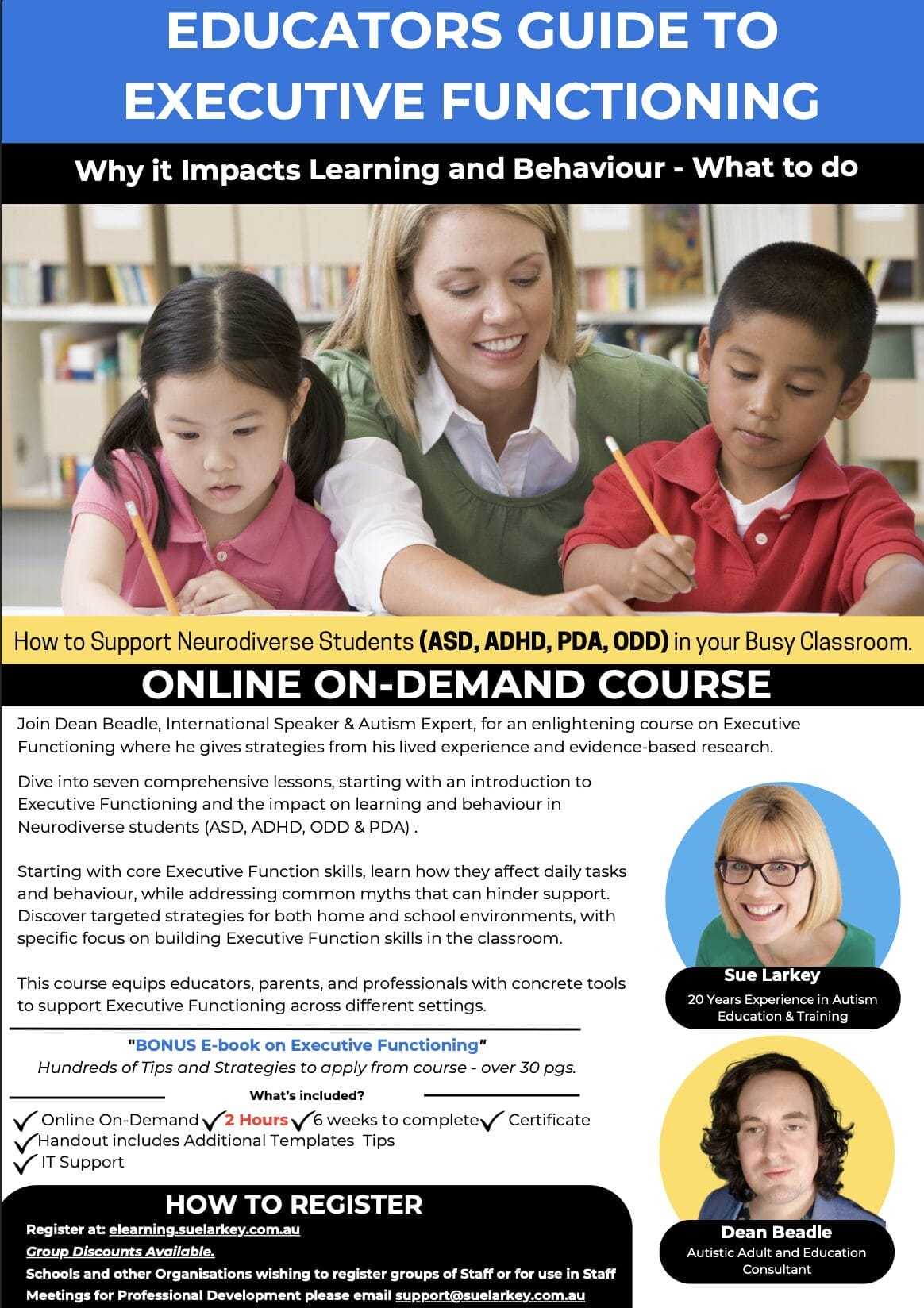

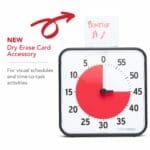
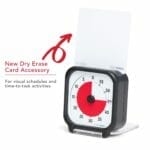
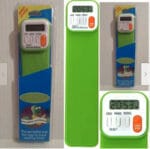
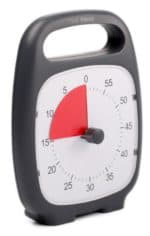
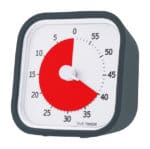



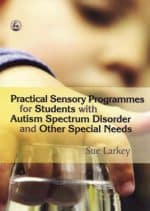





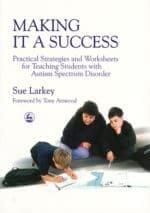

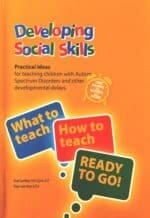

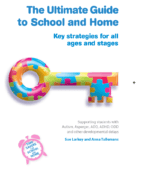






 2 Hours
2 Hours

 Sorry we no longer ship items outside Australia. Please consider the digital versions of Sue’s Books –
Sorry we no longer ship items outside Australia. Please consider the digital versions of Sue’s Books – 